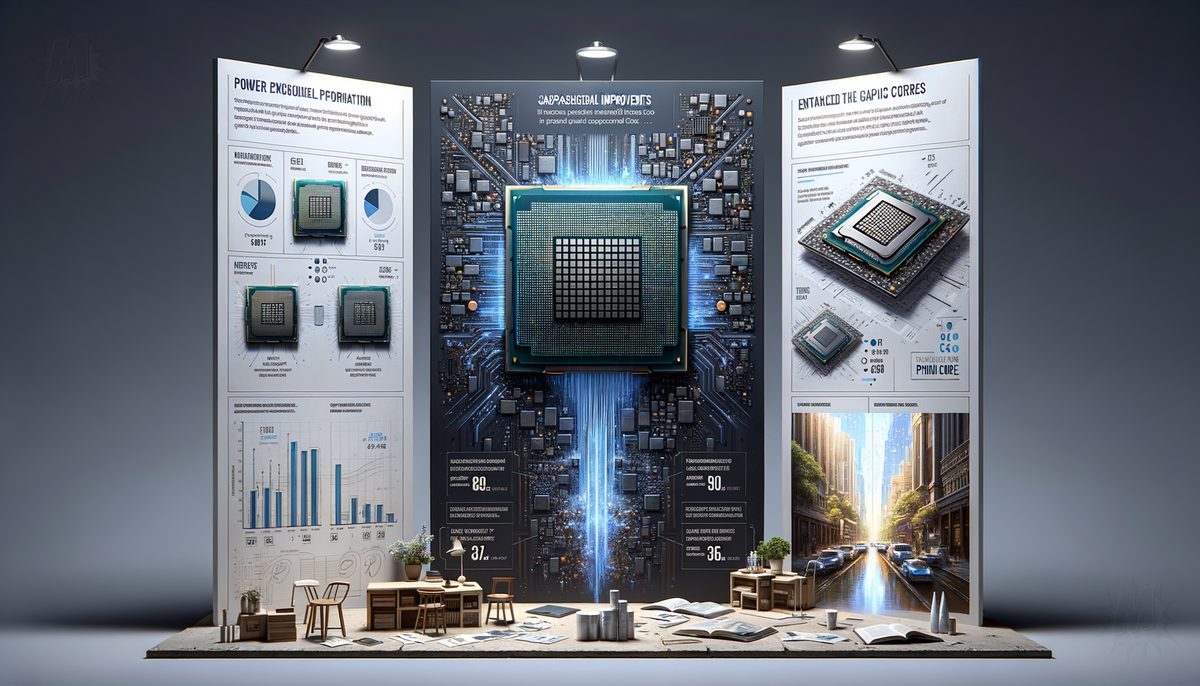Intel Unveils AI-Centric Lunar Lake Processors for 'Thin and Light' PCs

Intel has unveiled its next-generation Lunar Lake mobile CPU architecture, aimed at enhancing power efficiency and performance in the competitive laptop market. The new architecture features a comprehensive overhaul, including the Lion Cove CPU microarchitecture for high-performance P processors and Skymont architecture for E cores. Intel claims a 14% improvement in instructions per cycle (IPC) for Lion Cove compared to the previous Redwood Cove architecture used in Meteor Lake. The Skymont E cores boast a 38% IPC improvement in integer workloads and a 68% gain in floating point tasks. Additionally, the Xe2 integrated GPU architecture is expected to deliver up to 1.5x better graphics performance than the Arc Graphics IGPU in Meteor Lake.
The Lunar Lake processors, which are built by TSMC, also incorporate advanced features such as a new Neural Processing Unit (NPU) capable of delivering up to 48 trillion operations per second (TOPS) for artificial intelligence tasks. This represents a significant leap from the 10 TOPS offered by the previous generation. The chips support up to 32GB of LPDDR5X memory and include the latest connectivity standards, such as Wi-Fi 7, Bluetooth 5.4, PCIe Gen5, and PCIe Gen4. Intel has also integrated a new Xe Media Engine and X Display Engine, supporting up to 8K displays while reducing overall power consumption.
Intel's Lunar Lake architecture aims to meet the requirements for Microsoft's Copilot+ AI PCs and is expected to compete with similar offerings from AMD, Qualcomm, and Apple. The processors will be featured in 'thin and light' PCs and offer significant improvements in gaming performance and AI throughput. The first laptops equipped with Lunar Lake processors are anticipated to launch in the fall, with Intel planning to deploy over 40 million Core Ultra processors this year. Additionally, Intel has hinted at the future release of Panther Lake mobile processors, slated for 2025.




